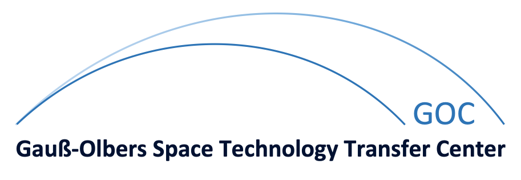Physical Layer Cooperation in One-Way Relaying Systems
| Authors: | M. Wu, F. Ludwig, D. Wübben, A. Dekorsy, K.-D. Kammeyer, S. Paul |
| Abstract: | The application of cooperative strategies in wireless networks offers several advantages like improved performance, increased system throughput, and coverage extension. To this end, the source-destination link is expanded by additional transceivers in the link, e.g., mobile terminals, relays, or sensor nodes. By clustering several nodes, a virtual antenna array (VAA) is constructed, such that coding and signal processing approaches known from multiple antenna systems can be applied in principle to these distributed systems. Depending on the allowed amount of cooperation between the nodes within the VAA, different distributed reception and transmission schemes can be implemented. This chapter aims at the investigation of relaying networks with distributed single-antenna relays, adapted distributed signal processing strategies, and different levels of cooperation within the VAA. The focus also lies on implementation aspects in the physical layer and corresponding energy consumption considerations. The latter is especially important for wireless sensor networks with battery power restrictions per node. Therefore, the total energy consumption at the VAA for signal transmission as well as transceiver circuit and baseband processing is analyzed. |
| Document type: | Chapter in Book |
| in Book: | Communications in Interference-Limited Networks |
| Publication: | Springer, Germany, February 2016 |
| Files: | BibTEX |







